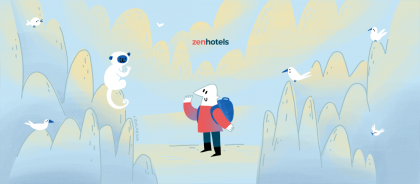Contents
- The “Stone Forest” in Tsingy de Bemaraha, Madagascar
- Northern Forest Complex, Myanmar
- Northern Patagonia, Chile
- New Hebrides Fault, Pacific Ocean
- Hang Son Doong cave, Vietnam
- Lesnoye Lake, Russia
- Gangkhar Puensum
- Mount Namuli, Mozambique
The “Stone Forest” in Tsingy de Bemaraha, Madagascar
The “stone forests” in Madagascar could have become the backdrop for a science-fiction movie if the filmmakers had managed to get there. The “stone forests” are incredible cliffs nearly 70 meters high, the tops of which are as sharp as knife blades.
Part of the “stone forests” are in Tsingy de Bemaraha National Park. There are no green plants here: the rocks are located so tightly together that not a single sprout can poke through. But white lemurs and wild birds feel great here.

On the verge of reality: “Stone forests” in Madagascar. Photo: Brad Fish / Shutterstock.com
No human has ever set foot in the larger, northern zone of the “stone forests”. The place was opened recently, but the complexity of the routes does not allow expeditions to be sent there. It’s believed that many undiscovered species of animals and plants have yet to be found in the area.
Northern Forest Complex, Myanmar
The Northern Forest Complex in Myanmar remains one of the largest areas of untouched wilderness in Southern Asia: the heart of the forest is almost 14,000 km2.
The lowland forests, where majestic snow-covered mountain peaks can be seen through the treetops, are breathtaking.
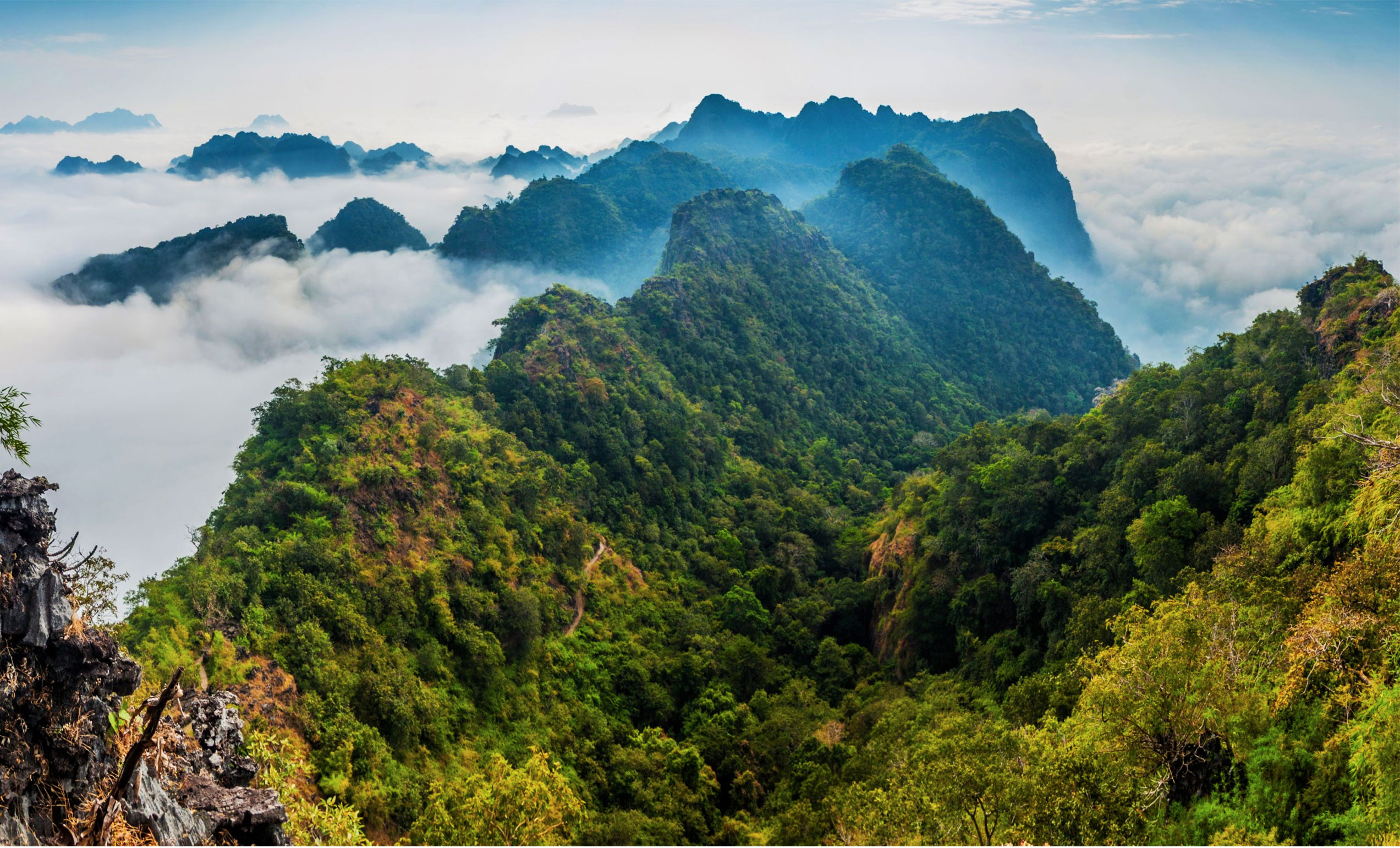
Just imagine: 14,000 km of untouched nature. The scale of the Northern Forest Complex in Myanmar is impressive! Photo: Matyas Rehak / Shutterstock.com
In addition to unspoiled nature, the region boasts the richest biodiversity: the complex is the world’s largest reserve, home to tigers, as well as numerous species of elephants and birds.
People do not live in the forest itself but along the perimeter of the complex.
Northern Patagonia, Chile
Northern Patagonia is home to temperate rainforests, glaciers, fjords, hot springs, and one of the wildest and most unexplored landscapes in Chile.
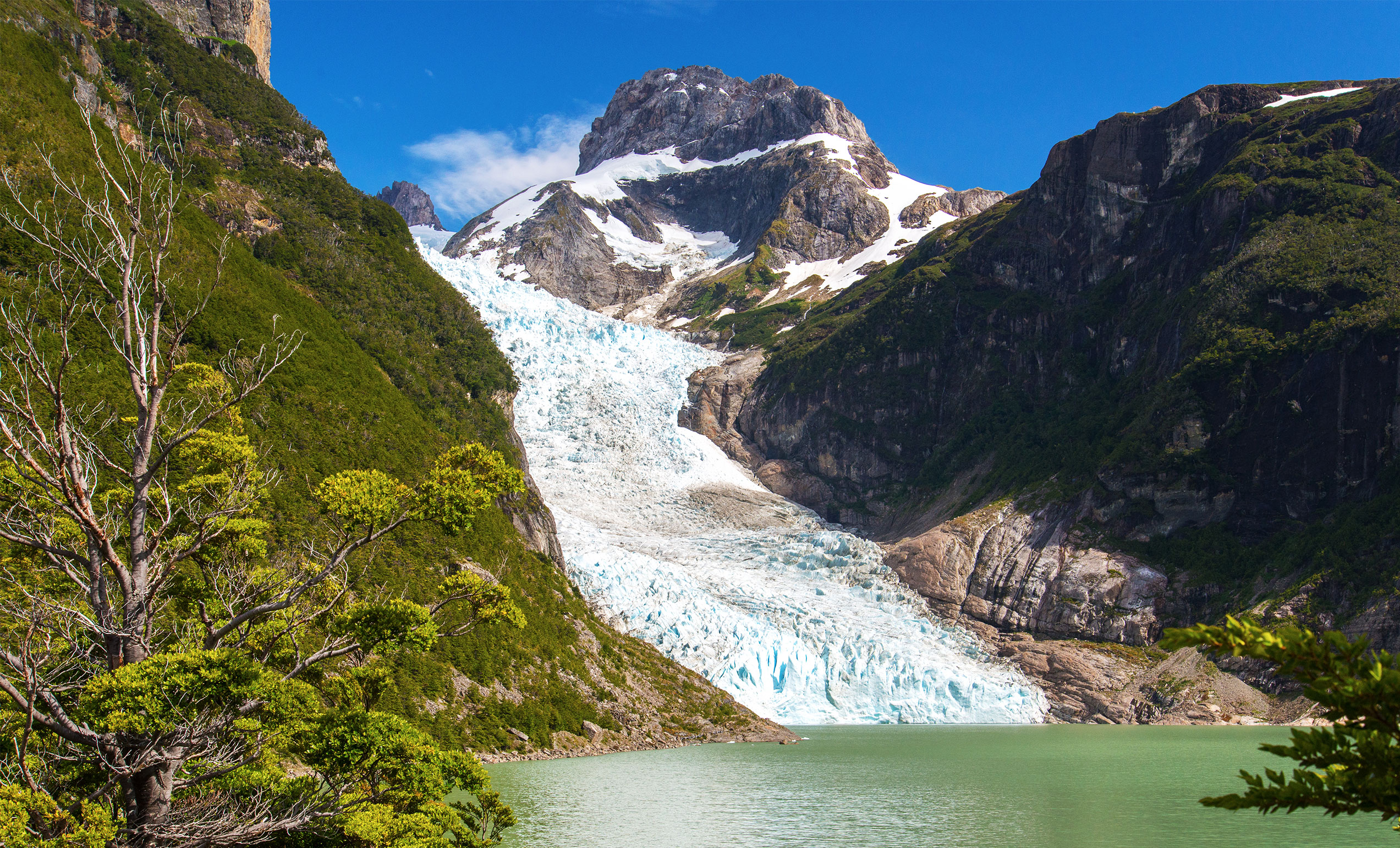
Glaciers, fjords, hot springs — all this is Northern Patagonia. Photo: K_Boonnitrod / Shutterstock.com
Only a third of the area of Northern Patagonia is occupied by parks and national and international conservation areas, which can be explained quite simply: these territories are essentially isolated from other lands in South America, which explains why new exotic forms of flora and fauna emerged here. The Northern Patagonian Ice Field remains one of the world’s largest ice masses beyond the polar regions.
Outside the national parks, stretches out wild nature that is still mostly unexplored to this day.
New Hebrides Fault, Pacific Ocean
The New Hebrides Fault was discovered in the Pacific Ocean in 2013. Surprisingly, this place can still be called a mysterious territory.
In over 10 years of research, scientists from New Zealand together with British researchers have never made an expedition to the fault—they only launched robots that helped them find unknown species of deep-sea dwellers.
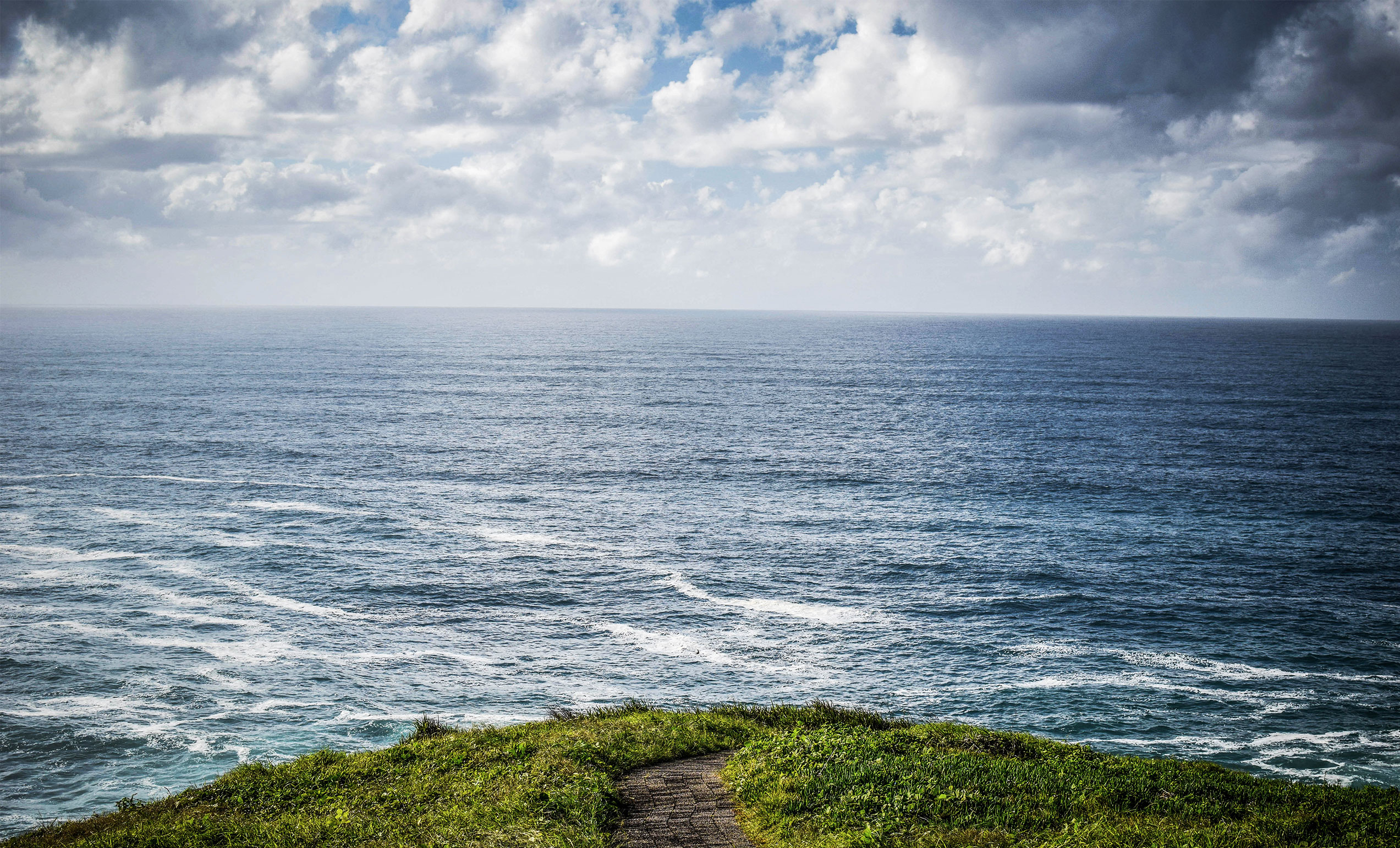
The New Hybrid Fault is located a few kilometers off the east coast of Australia. There are still no photos of the Fault itself. Photo: Jakub Specjalski / Shutterstock.com
However, it is not yet possible to fully study the animal world—the outlandish species of ocean inhabitants are at a depth that is inaccessible even to technology, not to mention humans.
Hang Son Doong cave, Vietnam
Vietnam is quite well known to travelers, but it has also managed to keep some secrets. Son Doong, the largest cave in the world, is located in the province of Quang Binh , in Phong Nha-Ke Bang National Park.
It’s almost 9 km long, and in some places it’s up to 150 m wide.
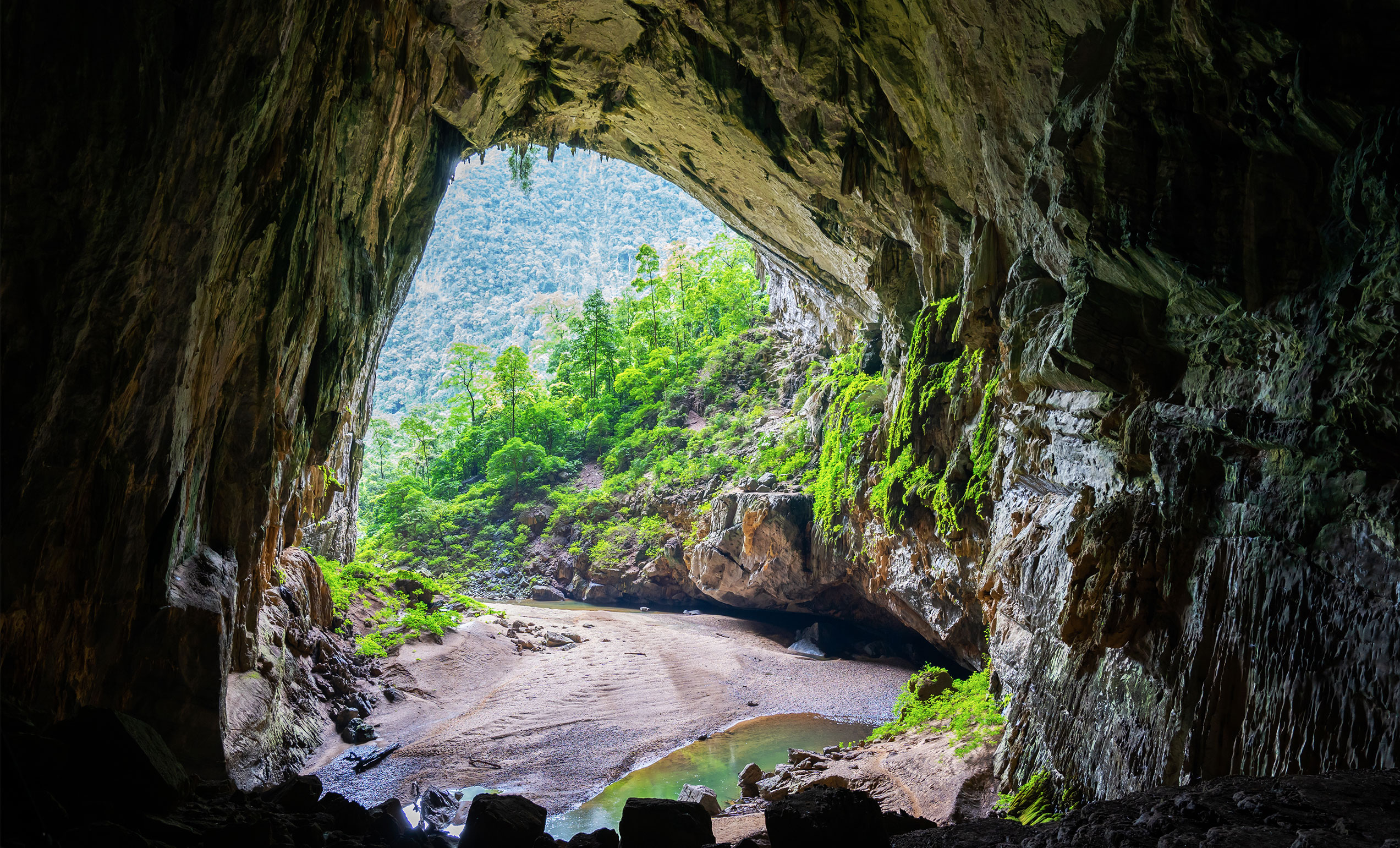
Inside the largest cave in the world, a real jungle could grow. Photo:kid315 / Shutterstock.com
In some places, the top of the cave has sunken in and light penetrates the cave through these holes, thanks to which the jungle has grown here, where monkeys, hornbills, and flying foxes live, and a river flows along the bottom. The cave also has its own microclimate and inside it there are even real clouds that are formed due to the large temperature difference.
Nevertheless, to this day, there are areas in the cave where no human has ever set foot: who knows what or who can live there.
Lesnoye Lake, Russia
The most mysterious place on our list is Lesnoye Lake. Nobody knows anything about it, even its exact location. According to some reports, the lake is located in the Nizhnevartovsk region of Tyumen oblast in Russia.
The body of water was not marked on maps, but it was later found in images from space. It’s unknown why this body of water was formed. Among suggested versions are that it was formed due to melting of glaciers or a falling meteorite.
Gangkhar Puensum
Gangkhar Puensum is the world’s highest unclimbed mountain according to the BBC and Condé Nast Traveller. It is located in the disputed territory between Bhutan and China and is 7570 meters high.
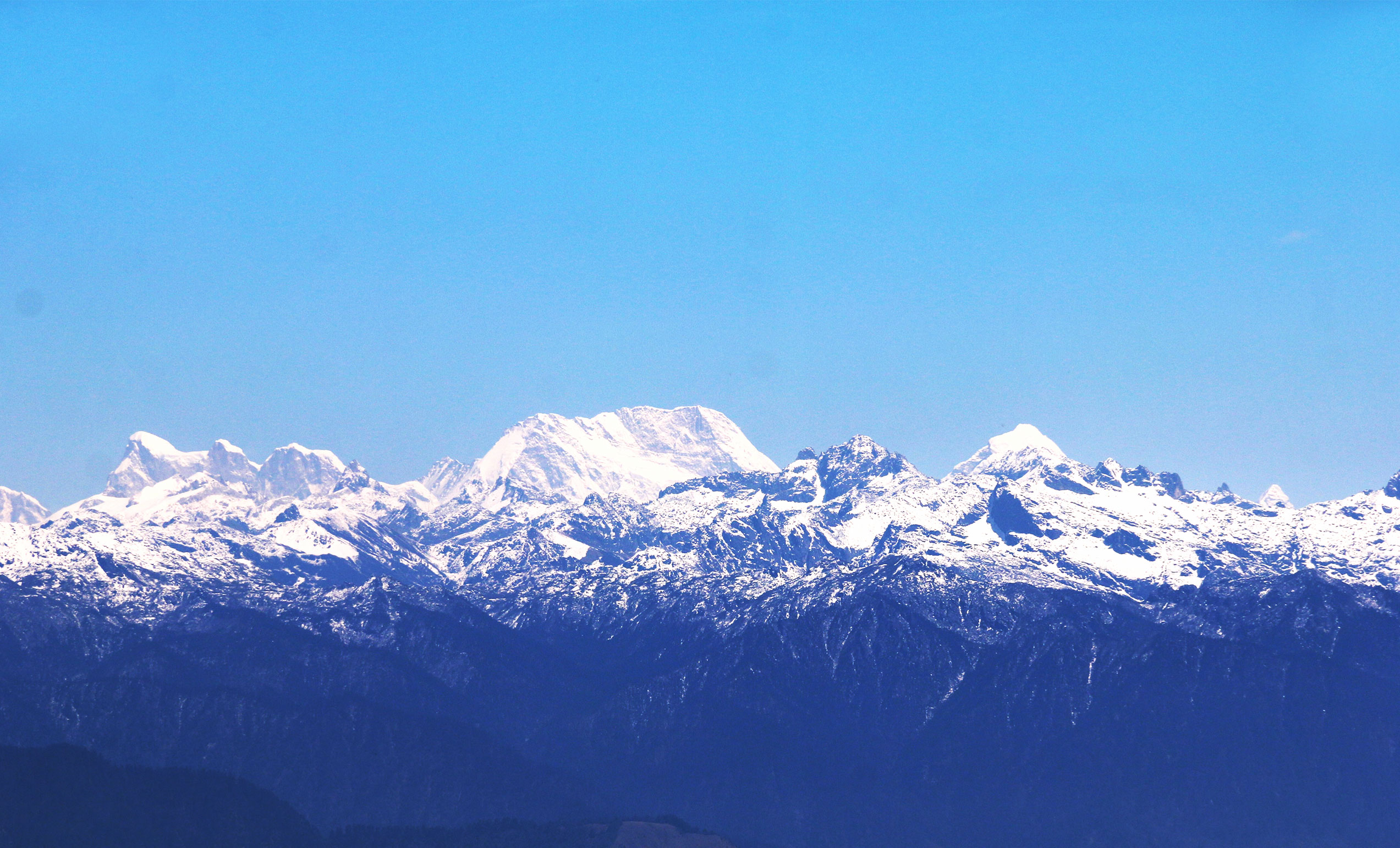
Gangkhar Puensum is the highest unconquered peak in the world. Photo: Milon Khondaker / Shutterstock.com
The mountain was first described in 1922. Attempts to climb it (all unsuccessful) began in 1983, when mountaineering was first permitted in Bhutan. However, in 1994, the country again banned climbing mountains over 6000 meters high (out of respect for the local faith), and, in 2003, mountain climbing was banned completely.
Thus, not a single person has been on the top of this mountain.
Mount Namuli, Mozambique
The north of Mozambique is covered by the unexplored plains of the East African Plateau.
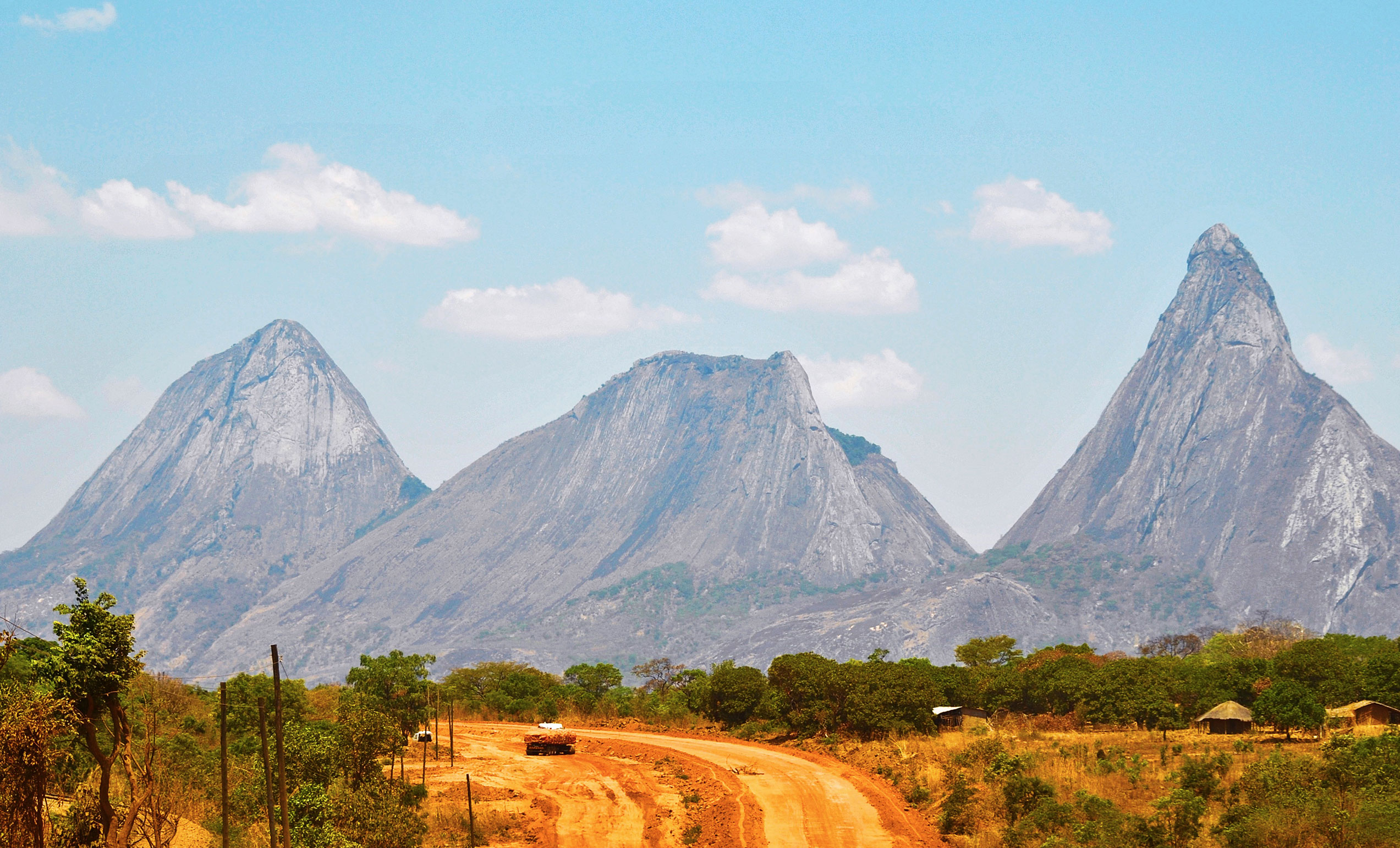
Another mystery for humanity: who lives and what grows among the Namuli Mountains. Photo: Mario Franco / Shutterstock.com
Due to the very high difficulty of the routes, only professional climbers can explore this area. In 2014, an expedition to Mount Namuli was organized. For a month, researchers climbed to the top, but after having reached the top, they were only able to explore a small part of the area.
The main part of the territory still remains unknown and nobody really knows who is living and what is growing amidst the Namuli mountains. On the other hand, the views are breathtaking.
As Socrates said, “I know that I know nothing”. Sometimes it seems to us that there are so few unexplored corners left in the world, but, in fact, there is still very, very much hidden from our eyes.
But, to be honest, we think that everyone can be considered a pioneer because when we come to a new place it is mysterious and unknown for us and promises so many different impressions—it doesn’t matter if it is a neighboring city or the Amazon forests. This is, of course, the cosmic magic of travel.

